
Having come from the traditional side of commercial printing, whilst serving out my apprenticeship, I found this simple demonstration of 4 colour CMYK Printing to be pretty useful.
If you’ve not had the opportunity to work in a printers, or watch a 4 colour CMYK press at work, it’s not always so clear as to how the CYMK process of layering each ink: Cyan, Magenta, Yellow and Black.
CMYK Printing Demonstration using 4 Individual Colour Acrylic Slides
This simple GIF: larger version at this link: http://i.imgur.com/DrLJmHf.gifv really does do a great job of showing how each progressive layer of CMYK builds up to the final CMYK composite:
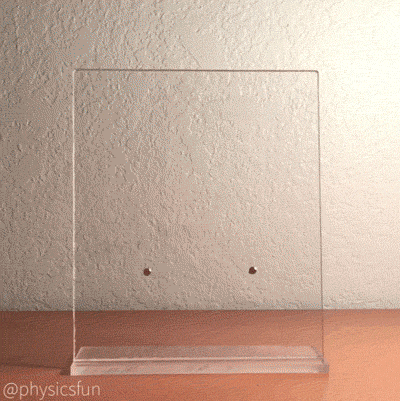
Individual Frames
I’ve saved an individual frame, as each acrylic slide is about to be put down, in the images below, starting with Black (often referred to as the letter ‘K’).
Cyan Acrylic Slide
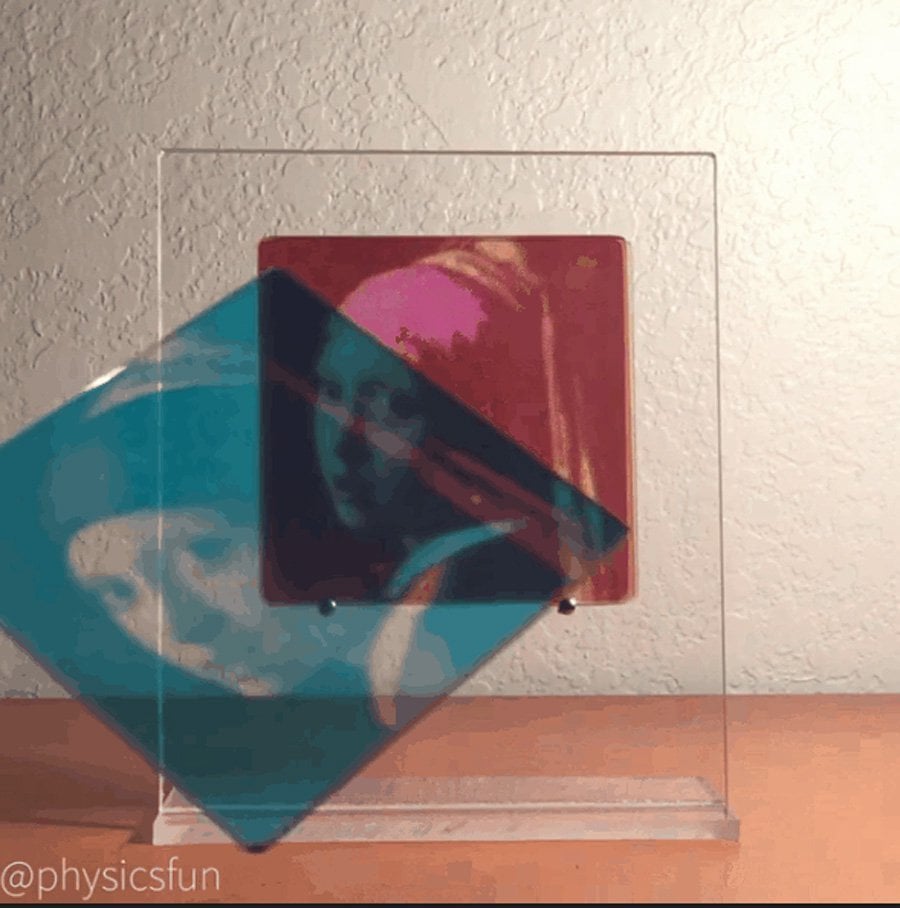
Magenta Acrylic Slide
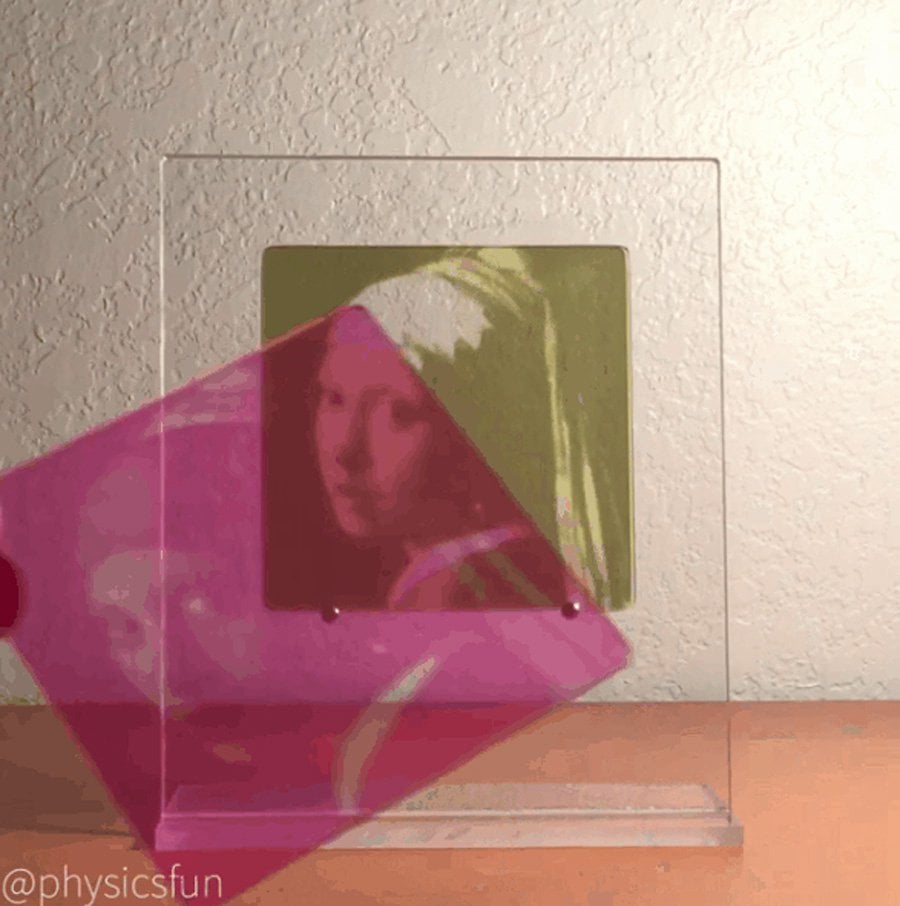
Yellow Acrylic Slide
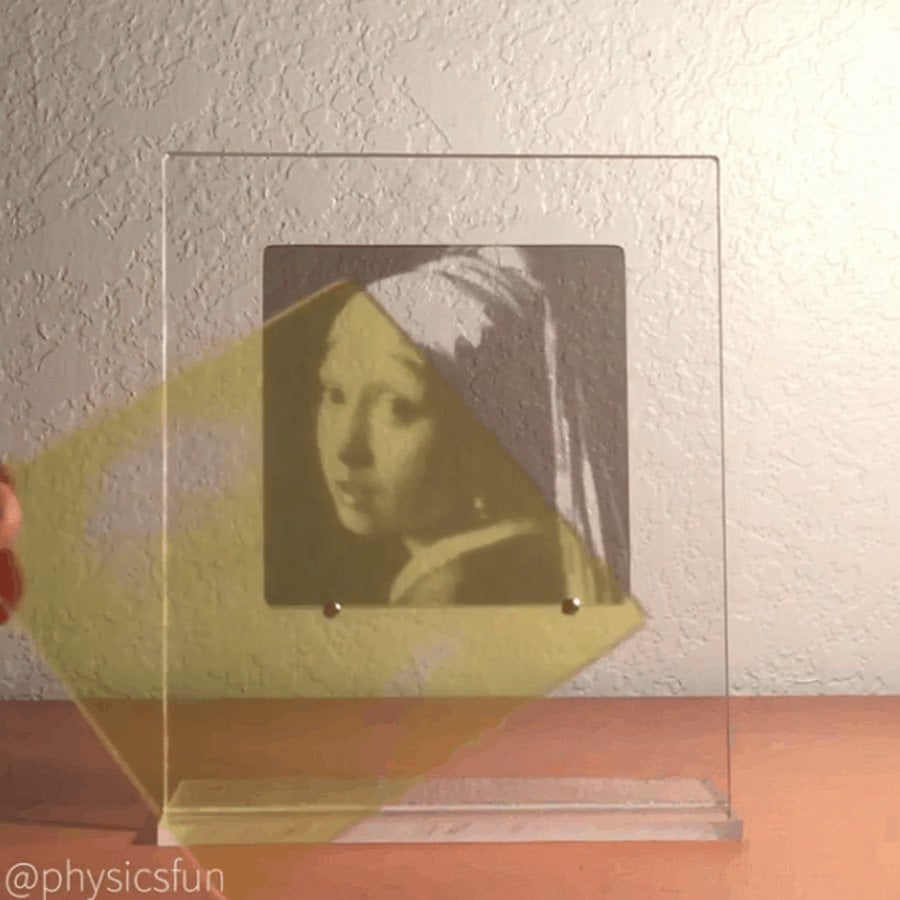
Black Acrylic Slide
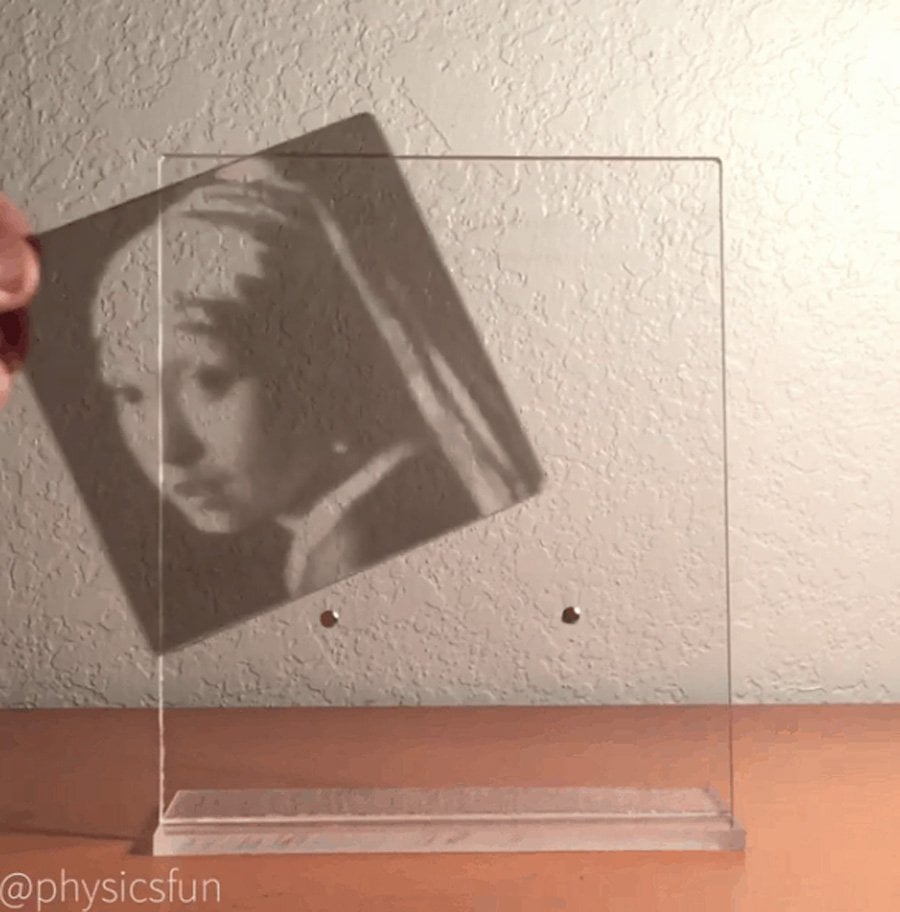
Composite of all CMKY Acrylic Slides
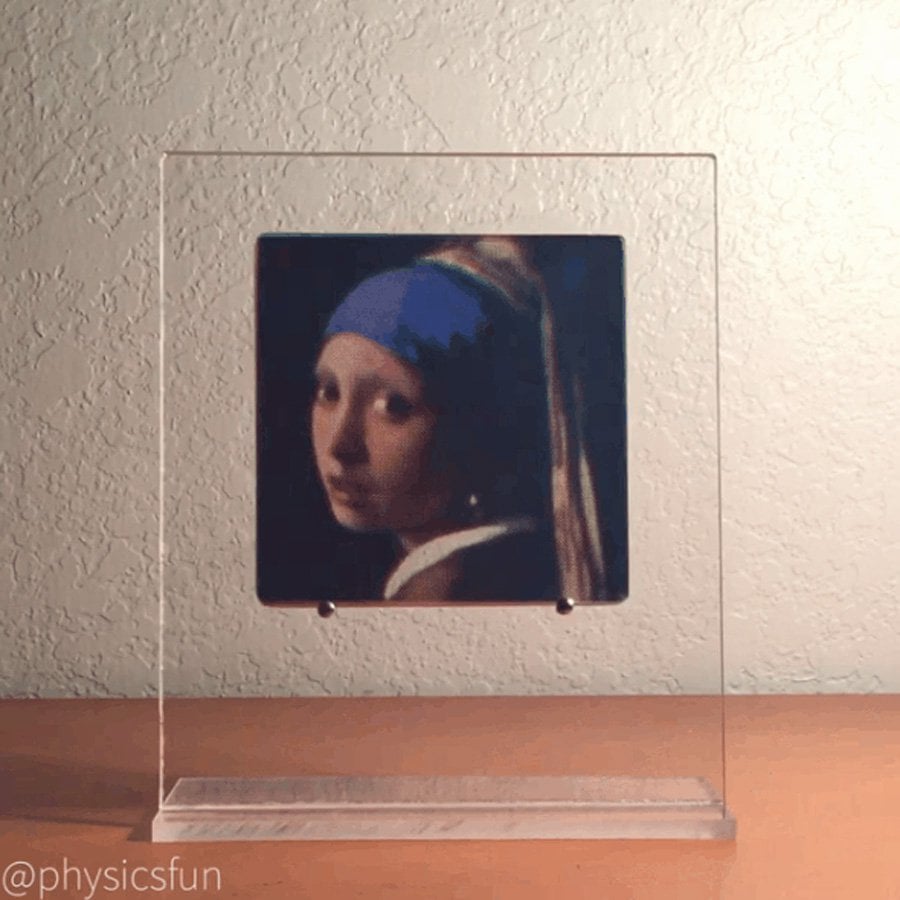
The CMYK color model
Wikipedia: The CMYK color model (/smaɪk/; process color, four color) is a subtractive color model, based on the CMY color model, used in color printing, and is also used to describe the printing process itself. CMYK refers to the four ink plates used in some color printing: cyan, magenta, yellow, and key (black).
The CMYK model works by partially or entirely masking colors on a lighter, usually white, background. The ink reduces the light that would otherwise be reflected. Such a model is called subtractive because inks “subtract” the colors red, green and blue from white light. White light minus red leaves cyan, white light minus green leaves magenta, and white light minus blue leaves yellow.
In additive color models, such as RGB, white is the “additive” combination of all primary colored lights, while black is the absence of light. In the CMYK model, it is the opposite: white is the natural color of the paper or other background, while black results from a full combination of colored inks. To save cost on ink, and to produce deeper black tones, unsaturated and dark colors are produced by using black ink instead of the combination of cyan, magenta, and yellow.
